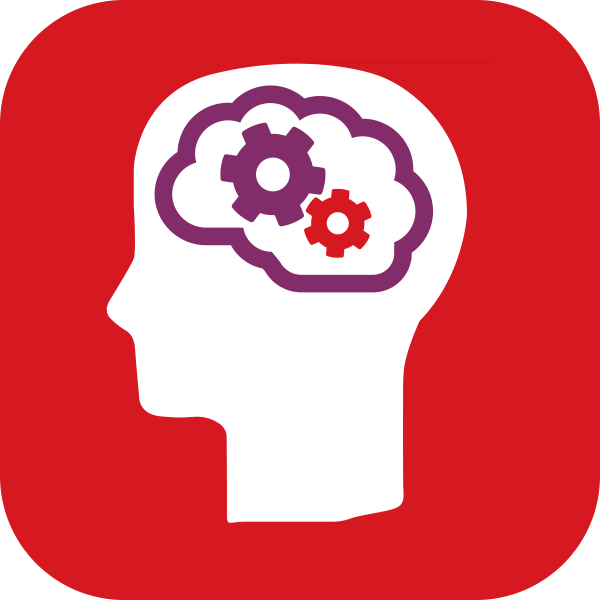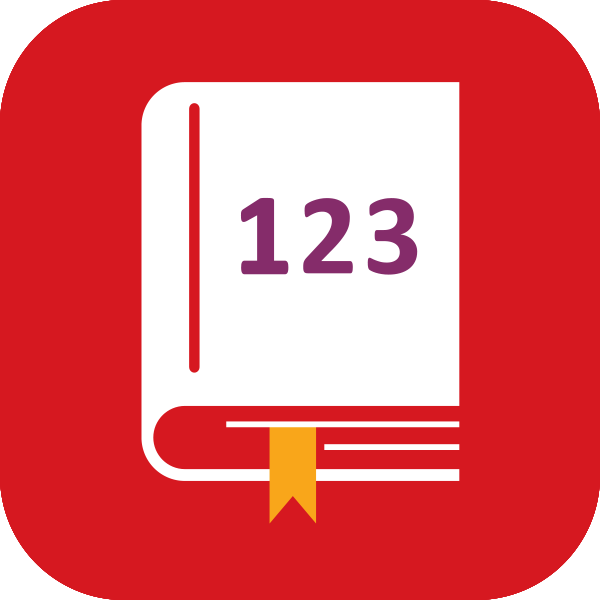“ ”
Creating a common language
A review was put in place to see which assessments would be the best fit for Globeducate, providing robust evidence to monitor student progress and to better equip schools across the group to cater to individual student needs. Oanh explains: “We researched what the best assessment model was for us, looking at a range of factors from pricing structure and reporting to the format of the assessments – and taking into account our context, where the majority of our students are multi-lingual learners.
We choose GL Education’s assessments particularly because of the support that we were going to receive – we knew that would make a huge difference. We were allocated a consultant, who I work with directly. She knows our schools, our goals and what we are aiming to achieve. From there, we are able to build a professional relationship – rather than having multiple people to deal with. The bespoke group reports were also really important to help us be able to understand value added. We could see that the GL assessments would allow us a common language, supporting conversations using data to illustrate our successes”.
Three clusters of schools within the group were selected as the starting point for the roll out of the new assessments – covering schools in Europe who use the National Curriculum of England, International Baccalaureate (IB) and the Bilingual programme of study. Oanh explains: “In our international schools, we introduced the Cognitive Abilities Test (CAT4) to understand how our schools could improve students’ learning experiences and support individual future pathways.
“We wanted to understand how we could more effectively tailor and design our curriculum to our students – so introduced Progress Test in Maths (PTM) and Progress Test in English (PTE) to review the conceptual strands included in the curriculum, the processes and skills that we teach well, and to see those where perhaps they require unpacking and further professional development. We use the Pupil Attitudes to Self and School (PASS) survey to help us understand our students’ learning behaviours, and how they feel about themselves, their school and their study, allowing us to better support outcomes.
“Reading is a priority in both our international and bilingual schools, so the New Group Reading Test (NGRT) was introduced to help track the impact of our actions, support progress and assess value added.”
The implementation
The GL assessments were introduced in 2021. Oanh outlines the process: “In the first year, it was about getting the trust of our heads and teachers. There was some wariness of how the data would be used, feeling that it might be about holding schools to account. So we emphasised that the data was there to help teachers support and challenge the students and to inform strategies that are geared towards specific areas of need. We showed how the GL assessments would be one pillar within our overall philosophy of assessment.
“We spent time on the logistical side – ensuring, for example, that the CSV files were labelled and tagged correctly. We needed to have a common understanding of our language, for example, what SEN meant in the data, or what EAL covered. A majority of our students are multi-lingual so in theory we could say that they are all EAL, but that wouldn’t give us good data to drive improvement. So we set the criteria that if a student is EAL and is receiving support for EAL, that’s when they’re tagged and that’s when we can show value added and progress after deliberate, planned support, tracking the impact.”
The second year was for consolidation. Oanh explains “This was when the teachers could really see what the assessments provided – professional learning. It was about schools understanding what the reports and data were telling them, what information could be pulled out about the students, the cohort, the curriculum. It was about expanding their confidence. The training that GL provided – both online and bespoke in-person – really helped us to ensure that the team had everything that they needed to make the most of the data. I could see the teachers and schools were gaining an appetite to what the GL data can provide and how useful it can be to demonstrate progress. ”
“The third year was the ‘so what’ year. Regardless of what the data was showing, it’s meaningless if we don’t do something with it. So the focus was on looking through different lenses – whether that was CAT4, NGRT PTM or PTE – and seeing what the implications were and what the actions should be. We created a bespoke data dashboard where we can see all of the results for one student and have a holistic datapoint for that student. Previously our schools were having to do this on their own – so we’re saving them time on data crunching and allowing them time to think about what they are going to do with the information.
Each school is provided with their own data dashboard for every student and every year group, along with a powerpoint that provides a data overview. The data is also transformed into live graphics and visuals using Power BI features. This is incredibly useful as it allows us to demonstrate to directors the impact of our teaching strategies through the GL assessment data.”


The impact
At both group level and school level, the team are seeing the positive impacts of this shared assessment system. Oanh explains: “Using the common language of data we can assess what has been impactful, celebrate this and move forward from there. We can give our teachers the tools and resources that they need, and the people that they need to make it happen. We’re seeing top-down implementation of consistent data – and bottom-up sharing of what’s working and not working, to inform practice.
“We’re challenging our schools to think about how they’re going to measure success – and being clear and specific with this. At the end of the year, we’re able to see what’s had good impact – and apply this across other schools and share good practice, so it’s a strategic approach.”
The team implemented packages of ideas and interventions that the schools can use. Oanh explains: “This year I’ve developed a model, based on the data from NGRT, PTM, PTE and CAT4, that identifies the strategies that will be implemented by the teachers to support specific students. I’ve summarised a number of ideas and interventions, so they can use these and track the impact – or they can input their own ideas. This is working really well and allows us a way of seeing those interventions that have high impact within multiple schools with similar contexts, so we can then roll those out more widely.”
“With NGRT, the reporting is giving teachers the tools to understand how to unpack the data. It pinpoints their area of need so the intervention that we give a child is strategic, it’s not scattergun or one size fits all. It means there’s a reason as to why we’re doing a particular intervention – and being able to understand the ‘why’ is really important. Using the reading profiles of each student, has been pivotal to using targeted intervention strategies of support and challenge”
“NGRT also allows us to see year on year reading progress. For example, in our bilingual schools, since we started using GL, we’ve seen a clear closing of the gap between EAL students and their peers between Year 2 and Year 5 – and beyond there their progress becomes exponential. NGRT allows our teachers to assess the specific areas of reading that an EAL student might be struggling with, and target those areas.
The assessment leads within each school share learnings in regular sessions. Oanh explains: “I meet with assessment leads once a month in a professional learning community. They also meet at least once a term to talk through their school’s assessment data so they can have those dialogues about what’s working and problem solve challenges.
The group also make use of the training that GL provides. “Our GL consultant works with us on the training we need – so whether that’s online workshops and webinars or in-person bespoke workshops, our GL consultant will deliver these for us, as well as attending individual school meetings where required.”
What are the next steps?
Now that the team have been using the GL assessments for a number of years, they have been able to put in place actions that are directly linked to the data. Oanh explains: “Now that we’re three years in, we’re able to start using the longitudinal data to better understand how to continue upskilling our teachers.
“For example - I now have someone working with me on wellbeing and we’re able to use our PASS data from the last three years to review where the areas of need are. We can then deliver workshops for our teachers, students and parents in these areas. In the transition and exam years the self-regard measure (which looks at self-awareness as a learner) can be low - so the wellbeing lead is going to create workshops that the teachers can deliver to students, dealing specifically with learner self-regard. The data is helping guide us to where to prioritise support.”


In conclusion
Oanh summarises her advice for other school groups considering a similar approach: “It’s key to ensure that you have clarity of purpose in terms of design and implementation before you start. To get genuine buy-in, you need to acknowledge that it’s going to take time to build up – but invest that time because you are laying the foundations for success.
“You need to understand that each school will have their own story in terms of context – and use this to support them in their areas they need. It´s not about the numbers... it´s about the story behind the numbers that is key.
“And lastly, ensure that you allow time for the assessment leads to meet, to share knowledge and learning – but also to share challenges and solutions. This will ensure that the team are carried with you on the journey.”








